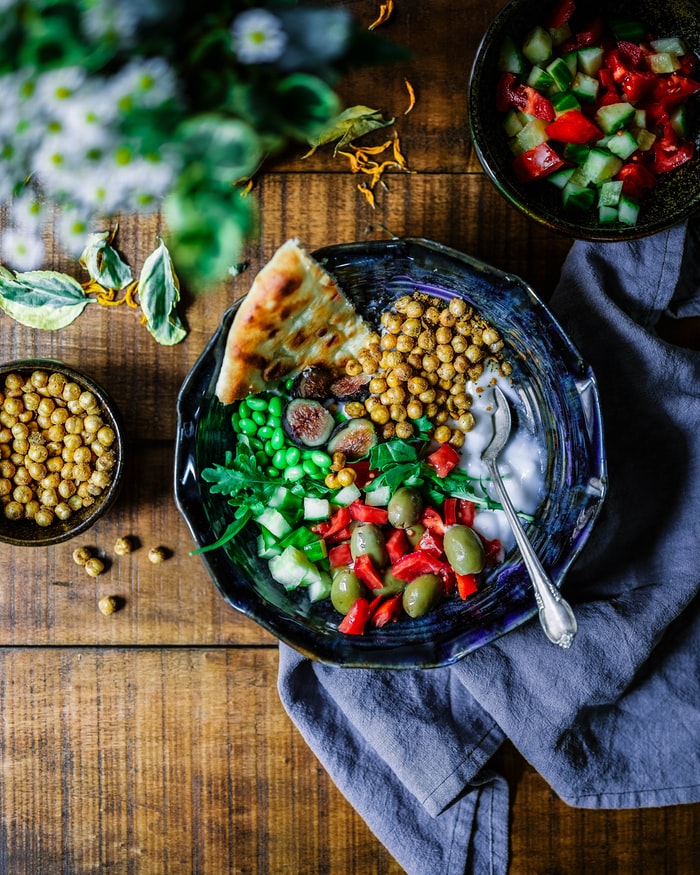The food that we eat is inextricably linked with the culture that surrounds us, and much can be discovered about a person by taking a closer look at the foods they choose to eat and cook!
 Photo By: Unsplash
Photo By: Unsplash
Many cultures evolved specifically around food, with early civilizations being organised in ways that best suited the gathering, production and distribution of food. The types and styles of cooking, food preservation and ingredients have a lot to do with the climate, geography and resources of each particular area, so various cultures may have vastly different foods and cooking methods.
What and how we eat is often governed by rituals that have become ingrained in societies through the generations. Some of these rituals are religious, with dietary laws prescribed by religious texts and adhered to by orthodox populations. These may be ongoing dietary rules such as the Jewish people only eating kosher meat that has been prepared in a certain way, or rituals that tie in with specific religious festivals, such as Muslims fasting during the daylight hours of Ramadan. Other rituals are more secular, such as eating turkey at Thanksgiving in the US or the Japanese tea ceremony, which although rooted in Buddhism has become a symbol of manners and grace in society.
Regional food habits can be noted within cultural recipes, but as the world becomes more global, there is increasing crossover between cuisines. Recipes get adapted as new ingredients become available and new dishes spring from old, resulting in fusions of different cultures coming together in one meal. Food etiquette often varies from region to region also. Some cultures eat using knives and forks or chopsticks, while others find it polite to eat using only the hands. Within each of these disciplines there are yet more rules which vary from region to region, such as which hand it is acceptable to hold the knife or chopsticks in, or which fork to use for which course of a meal.
Regional variations can also be found within the same country, sometimes to quite an extensive degree. In India, some areas of the country eat a strictly vegetarian diet, while other regions feature many dishes that are meat-based. Styles of cooking and choice of ingredients vary from city to city, village to village in Italy; the focus across most of the country is on the use of fresh, local ingredients, so availability of items such as seafood or different vegetables affects the style of cookery.
Our love of food and cookery in the modern world can be seen by the proliferation of food tourism. Many people taking a vacation or trip will today choose to centre that trip around eating and exploring new cuisines. By learning local preparation techniques and what local chefs look for in terms of ingredients, people can absorb themselves fully in the food of another culture and take some of that knowledge home with them.
About Simon Whalley
Simon Whalley is a music composer and lecturer who is well respected, having worked internationally in some prestigious venues and institutions. His passion for travel and the arts has led him to visit many places and experience many cultures, taking in cultural landmarks and preservation centres such as galleries and museums, as well as experimenting with new flavours.
